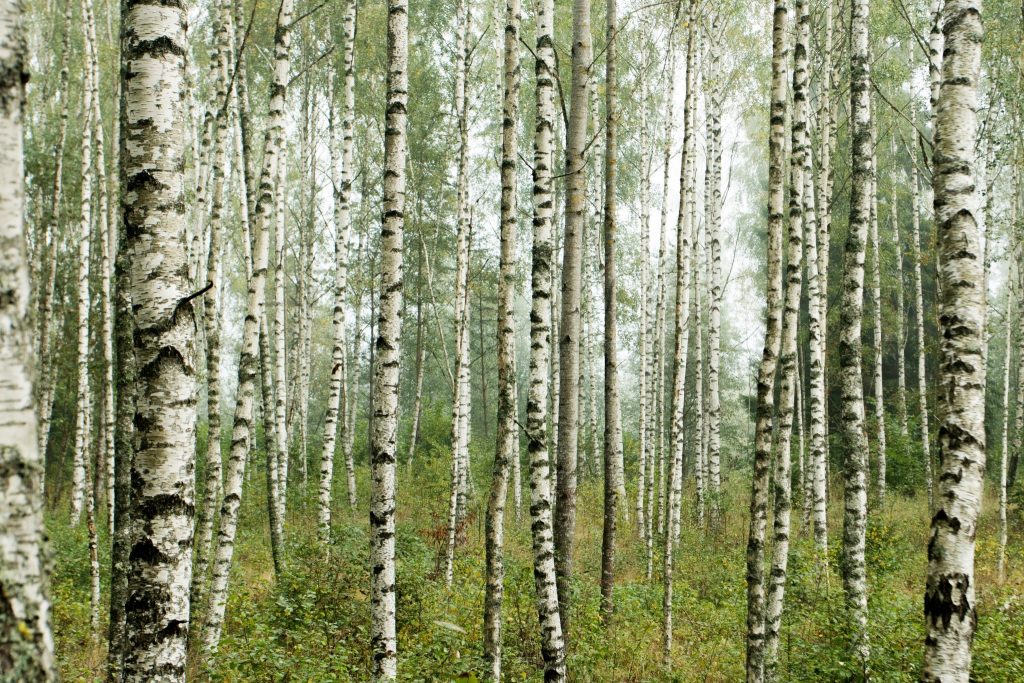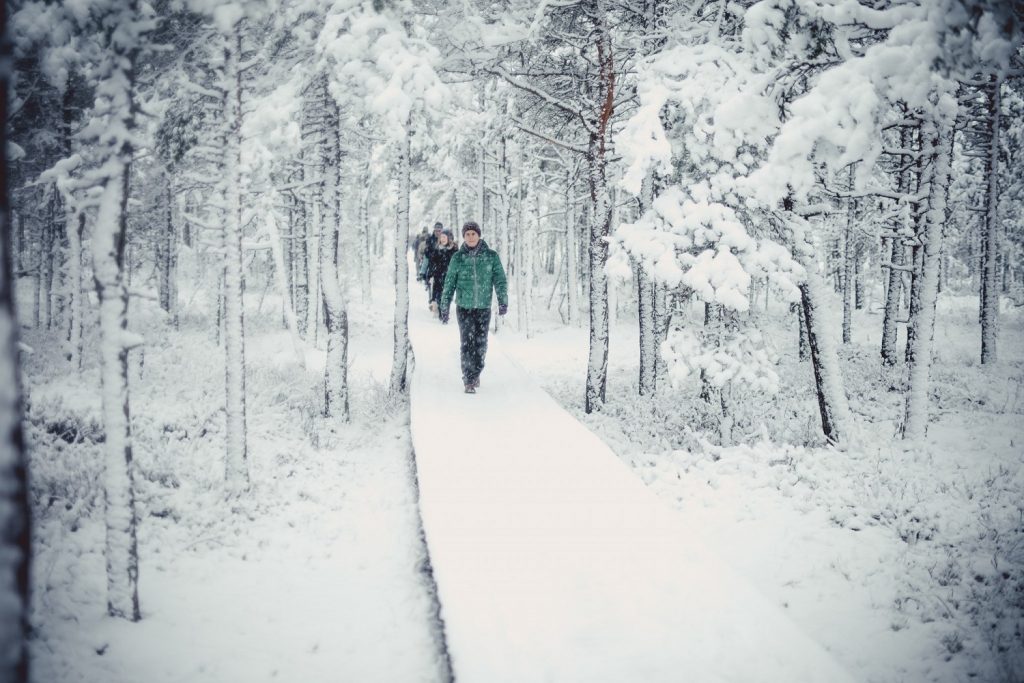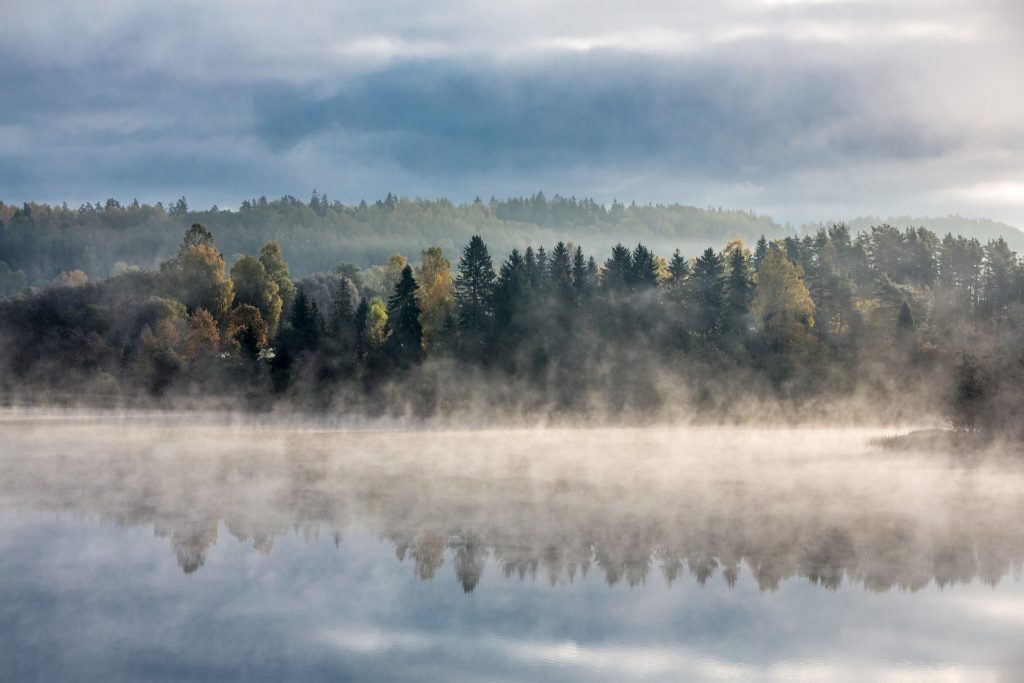In a joint statement, 23 Estonian scientists say that a science-based forest management is Estonia’s key contribution to combating climate change; Estonian World publishes the statement in full.
In the light of the current public debate in Estonia, scientists stress the importance of adopting science-based forestry policies that take into account, among other things, their potential for achieving climate neutrality, the ecological benefits of forests and their overall socio-economic impact on the country as a whole, particularly on the development of rural areas.
The media plays an important role in mediating the public debate on the topic of national forestry policy that must remain fact-based, objective and inclusive, offering a platform for different viewpoints.
In order to reach a national consensus on this topic, the various stakeholders must engage in fair discourse, seeking compromise and common ground. To support public debate, the statistical data on Estonian forests and the larger industry provided by the public sector must be accurate and unambiguous in order to minimise the risk of misinterpretation.
Additionally, scientists also call on the government to allocate more resources to research and development activities related to forests and the forest industry in order to develop measures that enhance forest resilience and adaptation to climate change, while also boosting the local valorisation of renewable forest resources.

In the light of these developments, Estonian scientists put forward the following three focus areas for future research and development in this area.
1. Estonia must further improve science capacity to meet future challenges
a. Estonia must ensure that national forestry science remains competitive and takes guidance from the highest standards, taking into account the effects of climate change, on the one hand, and the role of forests in mitigating climate change, on the other hand. This will contribute to the improved valorisation of Estonian forests through science-based forest management practices, including both timber production as well as carbon sequestration. Due to climate change, Estonian forests are becoming increasingly vulnerable to various disturbances and damage. Forest management based on best practices will improve the resilience of our forests and minimise potential damage. We must also bear in mind that without effective measures to mitigate climate change and increase forest adaptation, all measures aimed at ensuring biodiversity may prove futile.
b. We must focus on the promotion of interdisciplinary forestry research that will move us toward more sustainable and equitable forest management, as well as help us achieve balance between the various benefits offered by forest ecosystems (including economic and ecological benefits, ie carbon sequestration, biodiversity conservation etc.).
2. Estonia must promote more efficient forest valorisation practices
a. The national priority must focus on achieving higher levels of forest product valorisation. The chemical and molecular valorisation of forest products has the potential to provide innovative solutions for the replacement of petroleum products in a wide range of industries. Today, timber that is not fit for mechanical valorisation is primarily used in energy production as an alternative to fossil fuels; however, it has the potential to provide a much greater added value.
b. We must introduce national standards that take account of and provide guidance on the ecological footprint of different construction materials. Today, the local industry for mechanical processing of timber is very strong in Estonia. In order to better support modern high-tech mechanical valorisation of timber we must increase our investment in wood architecture, design, materials and engineering sciences for the purposes of ensuring the global competitiveness of Estonian timber products.
3. The development of national forest policy must take the big picture approach that takes into account, in addition to ecological and nature conservation objectives, the socio-economic and cultural effects of forestry, including ensuring employment in Estonian rural areas. The forest and timber industry is one of Estonia’s most important employers and the main balancing element in our foreign trade balance. Taking advantage of current global climate neutrality trends, Estonia is well-positioned to increase the added value created in the forestry sector, thus creating broader well-being for the larger society.
The European Green Deal states that the main objectives of the new forest strategy are effective afforestation, as well as the preservation and restoration of European forests. These measures, taking guidance from ecological principles that promote biological diversity, are designed to increase CO2 sequestration, minimise the occurrence and extent of forest fires, and promote bioeconomy. According to the report by the UN Intergovernmental Panel on Climate Change (IPCC), smart forest management and the production of long-lasting timber products contributes to the mitigation of climate change. In addition, sustainable forest management contributes to the preservation of forest carbon stock and increases carbon sequestration.

This joint statement is undersigned by (in alphabetical order):
· Ahto Kangur, the Estonian University of Life Sciences, the Institute of Forestry and Rural Engineering, associate professor
· Allar Padar, the Estonian University of Life Sciences, the Institute of Forestry and Rural Engineering, researcher
· Andres Krumme, Tallinn University of Technology (TalTech), the faculty of engineering, professor
· Argo Rosin, TalTech, the faculty of engineering, professor
· Arne Sellin, the University of Tartu, the faculty of science and technology, professor
· Garri Raagma, the University of Tartu, Pärnu College, director
· Hardi Tullus, the Estonian University of Life Sciences, the Institute of Forestry and Rural Engineering, professor
· Ivar Sibul, the Estonian University of Life Sciences, the Institute of Forestry and Rural Engineering, associate professor
· Jaan Kers, TalTech, the faculty of engineering, the department of materials and environmental technology, professor
· Jürgen Aosaar, the Estonian University of Life Sciences, the Institute of Forestry and Rural Engineering, senior researcher
· Kadri Ukrainski, the University of Tartu, the faculty of economics and business administration, professor
· Kristiina Aun, the Estonian University of Life Sciences, the Institute of Forestry and Rural Engineering, junior researcher
· Mai Kukumägi, the University of Tartu, the faculty of science and technology, researcher
· Maris Hordo, the Estonian University of Life Sciences, the Institute of Forestry and Rural Engineering, associate professor
· Marek Metslaid, the Estonian University of Life Sciences, the Institute of Forestry and Rural Engineering, director
· Mart Loog, the University of Tartu, the faculty of science and technology, professor
· Mats Varik, the Estonian University of Life Sciences, the Institute of Forestry and Rural Engineering, researcher
· Paavo Kaimre, the Estonian University of Life Sciences, the Institute of Forestry and Rural Engineering, associate professor
· Rein Drenkhan, the Estonian University of Life Sciences, the Institute of Forestry and Rural Engineering, professor
· Tiit Lukk, TalTech, the faculty of science, senior researcher
· Tiia Drenkhan, the Estonian University of Life Sciences, the Institute of Forestry and Rural Engineering, researcher
· Urmas Varblane, the University of Tartu, the faculty of economics and business administration, professor
· Veiko Uri, the Estonian University of Life Sciences, the Institute of Forestry and Rural Engineering, professor
Cover: Forest scenery in Estonia. Photo by Arne Ader.

